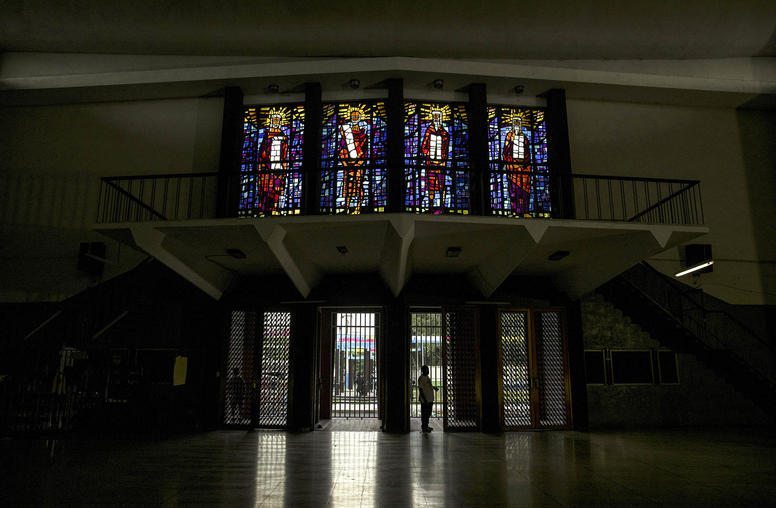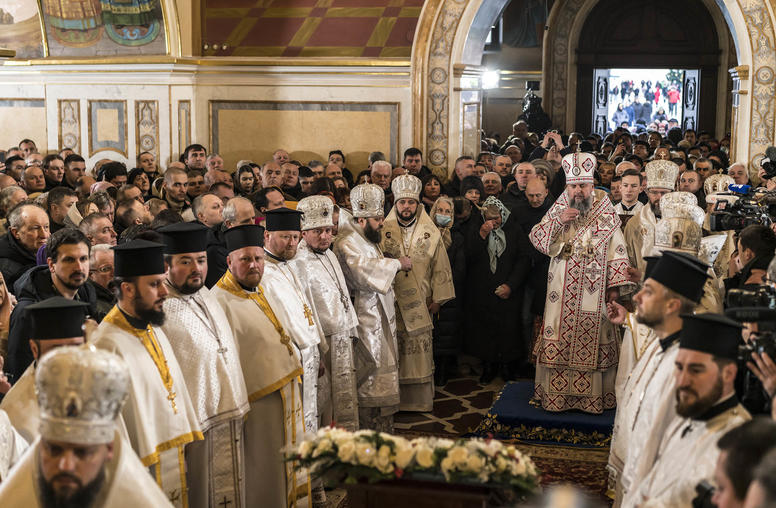Advancing the Interfaith Youth Movement for Peace
On Tuesday, June 10, USIP hosted a discussion titled "Advancing the Interfaith Movement for Peace." Key participants included Dr. Eboo Patel, of the Interfaith Youth Core, Samuel Rizk of the Forum for Development, Culture, and Dialogue and Farah Pandith, of the U.S. department of State. David Smock moderated the discussion.
Patel discussed the theory behind the interfaith movement, and stressed the importance of young people getting involved in interfaith work. He enumerated five "interesting forces" behind the involvement of youth in such work: a "youth bulge"—a high proportion of young people in the population in religiously volatile parts of the world; a global religious revival; a breakdown in traditional socioeconomic patterns worldwide; increased interaction among people from different backgrounds; and an explosion of civil society forces. "The real struggle in the world is between pluralists and totalitarians," Patel underscored.
Rizk elaborated on the interfaith movement in the Middle East. He discussed international camps in Lebanon where participants from different religious backgrounds and area such as Lebanon, Syria, Jordan, Iraq, Sudan, Europe and the US attend. They study similar scriptures in different religions and learn about interfaith work. Rizk also elaborated on his organization’s annual youth dialogues in which Iraq youth travel to Lebanon to learn about Lebanon’s conflict and post-conflict experiences. "The interfaith youth movement in the Middle East is alive and well," he said.
Pandith, a senior advisor at the State Department’s Bureau of European and Eurasian Affairs, emphasized the centrality of the U.S. government communicating with young people from religious minorities in Western Europe. She stressed that identity is the primary issue that these youth are dealing with. The strength of the U.S. government, she said, is connecting the activities of groups such as the Interfaith Youth Core with like-minded organizations in Europe. "If we do not find a way to build bridges of dialogue with young people now, we’ll be pushing our future out the window. I want to know them in a time of non-crisis. I don’t want to know them in a time of crisis," she explained.
Smock said, "We had a valuable opportunity today to assess the state of the interfaith youth movement both in the U.S. and internationally. Many of the key partners in this movement were present and were able to strategize about the future collaboratively."
Archived Audio
To listen to audio or to view video, please click on the links provided below. You also can right click on the links and choose "Save Target As" or "Download Linked File." This will save the file to your computer and then allow you to play it in your media player directly. More Audio Help.
- Listen to the audio from this event.
01:25:01 - 15.8MB
Speakers
- Dr. Eboo Patel
Interfaith Youth Core - Samuel Rizk
Forum for Development, Culture, and Dialogue - Farah Pandith
U.S. Department of State - David Smock, Moderator
U.S. Institute of Peace


